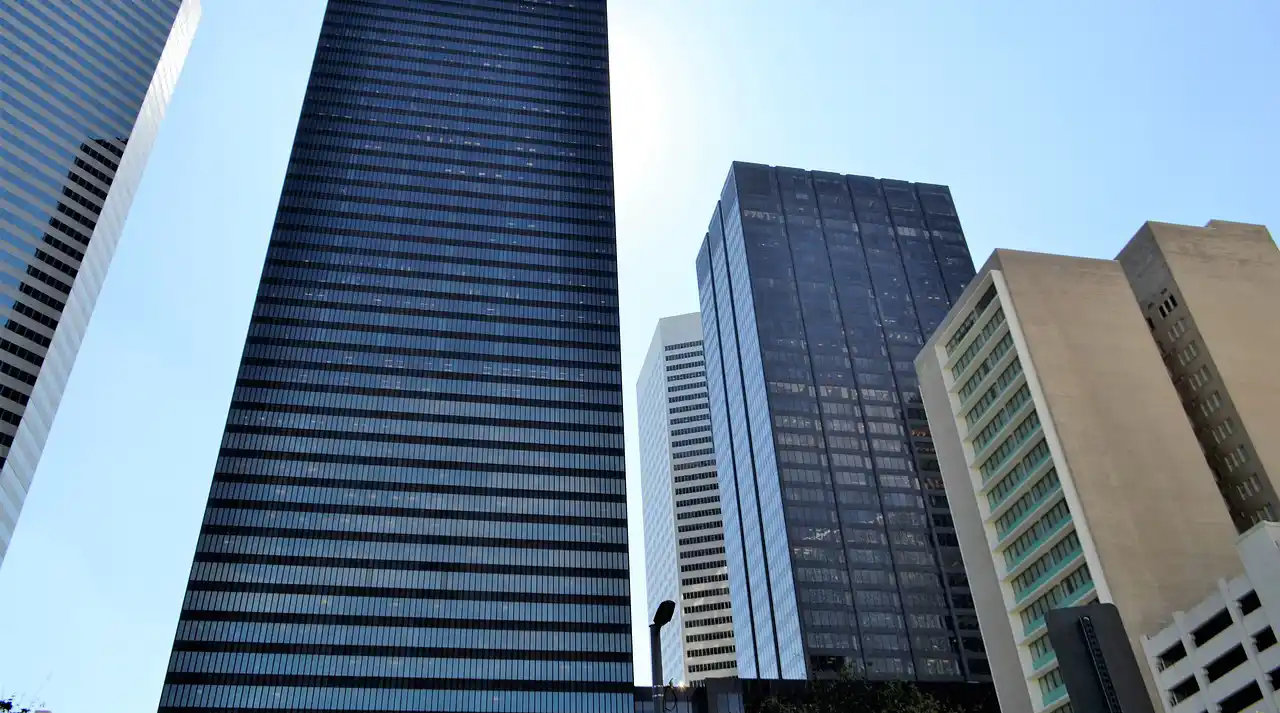As we close out 2011 and reflect on the year that was, the only thing that appears predictable in our current economic environment is unpredictability. Part of the reason for this is that it is near impossible to read the minds of policy makers, but attempting to do so, see to occupy an inmsordinate amount of the time of financial commentators and economists. Every week we are sent analyses of the interest rate environment by bank economists and it is interesting to look back at these memo’s to see how quickly prevailing view of interest rate movements can change at the proverbial drop of a hat.
As recently as July, the RBA was spoken about as having a “tightening bias” which basically means they were uncomfortable with how low rates were and possible effects on inflation and were waiting for an opportunity to raise. The Westpac forecast after the July meeting was a rise in December to 5% cash rate, with another rise to 5.25% early in 2012. CBA was more hawkish, predicting an August rise with rates peaking at 5.75% by the end of 2012. Consensus among economic commentators was closer to the CBA predictions, but you would have been very hard up finding a single commentator predicting rate drops in the second half of this year at that time. Then, suddenly, in August, we had the perfect storm of political disagreement in the United States over raising the debt ceiling almost resulting in the unthinkable, a US default, exacerbated by a downgrade for the United States credit rating at about the same time as the Greek debt crisis coming to a head. Markets dipped and suddenly consumer and business confidence, rather than inflation became the focus of the Reserve Bank and the basis of Monetary Policy. The amazing thing was that consumer confidence had been on a downward spiral previously, and most domestic indicators have not really changed trend, but changes in the international environment clearly focussed the minds of policy makers as well as investors.
So instead of rate rises we have had two rate cuts in the second half of this year, and there has been little evidence that these cuts have allayed any concerns about slow economic growth. So where are the predictions now? Well most commentators are looking at two further cuts of 25 basis points in the first half of 2012, however considering past predictions, the safest bet will be that most economists will be very wrong, so the main question is how wrong and in what direction.
As we have seen, making actual predictions is a perilous exercise, but what we can do is to try to understand the factors that have us where we are today and how they may affect interest rates in the future. While there are obviously many influences that contribute to the interest rate environment, probably the simplest way to look at it is that if inflation is a concern, rates will go up, if inflation is not so much a concern but economic contraction is a concern, rates will go down. Currently it is really hard to see inflation becoming an issue for some time given international conditions and also a government that is more concerned with keeping it’s promise of a budget surplus in 2013 than economic growth. For the bias to return to worry about inflation, there would have to be a major turnaround in consumer confidence, a revival in the retail sector, both of which will clearly not come from any changes in fiscal policy, and probably a miraculous solution found to the Euro crisis as well as a turnaround in the US economy. All of these seem very unlikely, so my bet is that economists are still underestimating the malaise that we are facing and rate cuts will be required well in excess of those predicted. I’m going for 100 basis points in cuts over the next 12 months to 3.25%, but don’t hold me to it!



